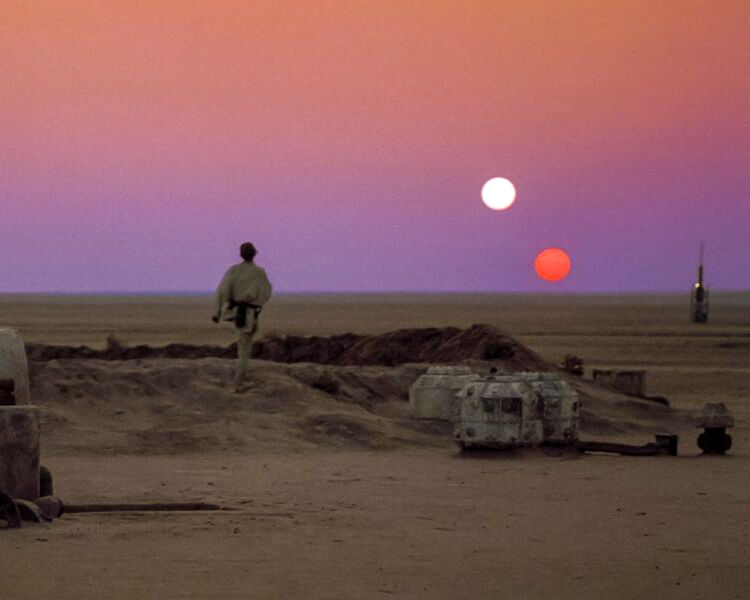For decades, “Star Wars” has entertained audiences of all ages. The appeal is as widespread as can be. If I were to go and vacation in Brazil and make a Star Wars reference (spoken in Portuguese, of course), people would probably recognize it. The movies seem to cross all sorts of barriers. There’s something in it for everyone.
Of course, I don’t want to just leave it at that. What is that something? What do people from entirely different walks of life get out of the same movies? There are a few answers to this question. One is that the Star Wars movies have become nostalgic for many who were exposed to them as children and now watch them to try and re-experience that same childhood wonder. Another is that, as an all ages movie franchise, it has marketed itself towards just about everyone who comes across it. Kids can watch it for the funny looking aliens and weird voices, and adults can watch it for the characters or action.
Those are both completely valid reasons, but I think there is a more interesting one. Ever since the first “Star Wars” movie came out, it has been seen as a modern-day fairy tale. In other words, its storytelling at its simplest and most enjoyable. The first movie can really be summed up as “boy goes on a quest to rescue a princess”. It appeals to the part of us that is sick of the constant complexities and existential threats we come across in our average lives. However, it’s more than just that. Instead of just being a fairy tale in space, Star Wars is a melting pot of existing genres and tropes from all over the world. Han Solo is a cowboy from a western. Obi Wan is a samurai-like figure, with the Jedi being a combination of samurai and knights. The empire are Nazi stand-ins, giving the heroes something truly evil to fight. Just about every genre of storytelling is, or can be, done in a Star Wars story.
To be clear, I don’t mean to say that different cultures only like these movies because they can see elements of their own stories in it. Not that this isn’t true, but I think making that argument would be ignoring one of the franchise’s best qualities. Instead of just putting all of these different kinds of genres together, “Star Wars” finds what’s universal in each of them and brings them to light. The different character types only work together so well because of what unites them. The basic struggles and journeys that every character and every story have all are essentially the same. This is something that Joseph Campbell wrote about so well in his works regarding the “Hero’s Journey.” George Lucas just took the basic struggle of good versus evil and grounded his character’s stories in it.
The empire is purely evil, and the rebellion is simply good. No matter what job a character has in this universe or what morals they may possess, they are somehow a part of this struggle. Jedi may be space samurai and the empire may be space Nazis, but they come together because they fight for either good or evil. Every culture can understand this struggle. Every person can understand this struggle. No matter what our definitions of such basic and abstract concepts may be, we know how many different aspects it may take. It can be personal or cosmic. Grand or small. It is a common struggle, and, just as fictional characters of all sorts can come together and unite in its cause, maybe someday all of us can do so too.
The worldwide appeal of Star Wars
By Kyle Makkas
|
November 13, 2020
About the Writer
Kyle Makkas, Humor Writer

